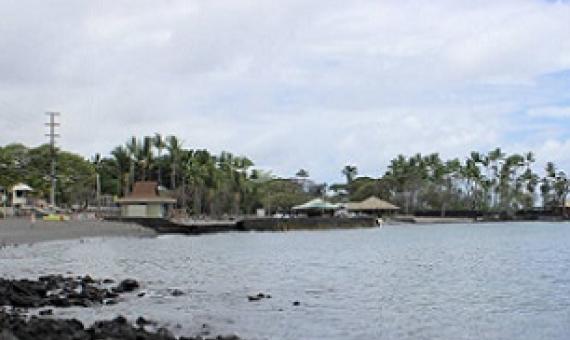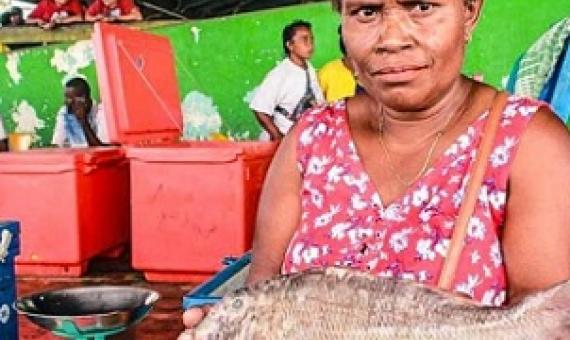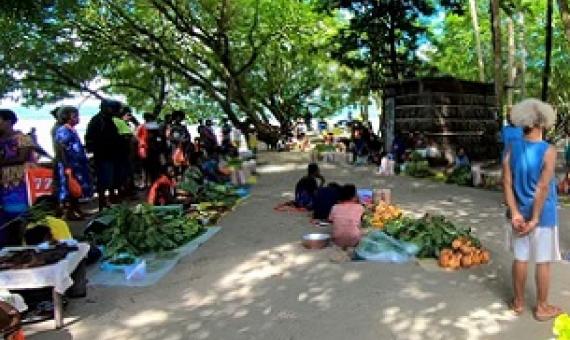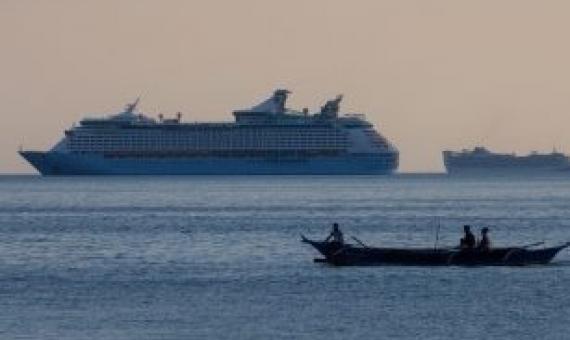In October, United Nations secretary-general António Guterres made a series of key appointments. He tasked 15 scientists from around the world with providing policymakers with evidence, as well as their thoughts, on the Sustainable Development Goals (SDGs).
The year 2020 was always destined to be a crucial one for biodiversity, with the Cop15 conference in Kunming, China scheduled for October, at which the international community was expected to agree a Paris-style agreement for nature.
As the COVID-19 pandemic took hold in the first half of 2020, the lack of human activity around the world resulted in a 9% drop in the greenhouse gas emissions at the root of climate change. Almost overnight, the Himalayas became visible from a distance for the first time in years.
Even before the COVID pandemic started, the MPA field was in need of new ideas and tools for financing, with many sites chronically underfunded or too reliant on a single source of revenue.
With the recent rise in popularity of the ‘salt fish’ trade in the Solomon Islands capital of Honiara, fresh fish and tuna vendors in the city markets are struggling to please their customers and earn enough income.
In March 2020, Papua New Guinea went into a state of emergency to contain the spread of COVID-19.
There is increasing awareness that the COVID-19 pandemic is the consequence of environmental and societal crises.
If it did nothing else, the emergence of Covid-19 a year ago underscored for all of us the importance of anticipating and preparing for — and, as appropriate, steering the course of — things that might happen in the future.
The Asia Pacific has seen an impressive reduction in absolute poverty within the span of a few decades, but marginal groups still remain vulnerable to the multi-scalar shocks of economic fluctuations, natural hazards and health crises. The small-scale fisheries sector, composed of fisherfolk
The COVID-19 pandemic is leading to increased poverty and inequality, further intensifying the need to focus on a recovery that is inclusive and sustainable. For local communities suddenly stripped of direct economic benefits from nature, supporting wildlife conservation has become a lo
















